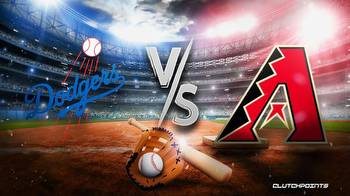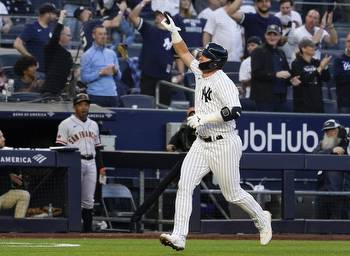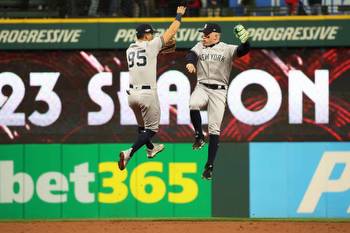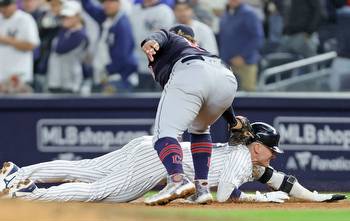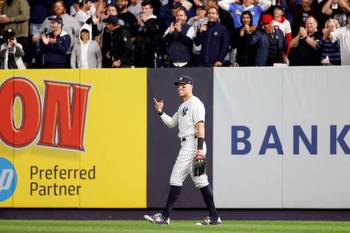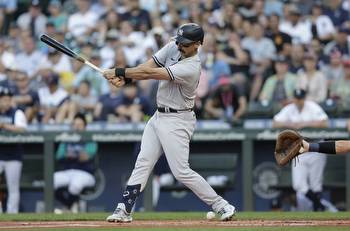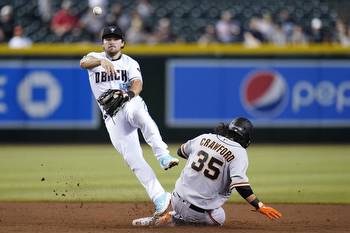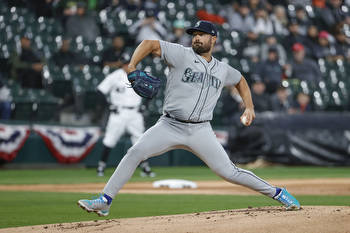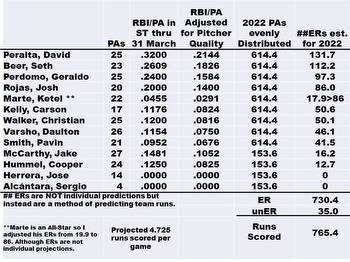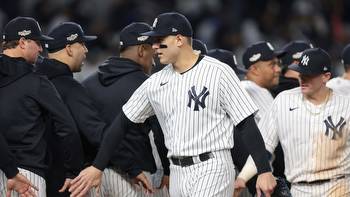The Yankees may bunt more in 2024. Is that crazy?

As the GM — or, GI — Meetings came and went this week, the Yankees’ brass continued to reflect upon an underwhelming 2023. For Brian Cashman, this meant an expletive-filled rant to reporters in which he downplayed the importance of analytics. At the same time, a more mild-mannered Hal Steinbrenner indicated he was willing to emphasize things like RBIs, batting average, and bunting thanks to the urging of Aarons Boone and Judge.
Phasing out batting average and RBIs in player evaluation was one of the first goals of the sabermetric revolution, and the thinking has changed little in recent years. Take Ben Clemens’ analysis of batting average from last offseason. But what about bunting? Tom Tango, MLB Advanced Media Senior Data Architect and co-author of The Book, recently indicated some willingness to reconsider his views on the long-decried small-ball tactic:
That’s because in recent years, even after accounting for the implementation of the universal DH, bunters have been much more efficient. Tango theorized that given the pitcher’s absence from the lineup, other hitters have learned how to bunt in the event that a sacrifice is necessary. He also suggested infielders have been playing deeper since the advent of the universal DH.
Infielders, especially third basemen, have indeed been playing deeper as of late. Consider the following (with data from Baseball Savant):
Without the ability to play in short right field given the shift ban, second basemen moved inward this past season, but first basemen and shortstops have been creeping back. Yet, it’s the hot corner that’s seen the biggest difference, and that’s typically the most important position when it comes to fielding the best bunts.
Hal’s comments would seem to suggest that, at least for the Yankees, bunters haven’t actually improved given that the strategy has been de-emphasized in the organization. Rather, since bunting has become so infrequent, it’s likely the Yankees have only allowed their best bunters to continue the practice.
Furthermore, when they do bunt, they’ve probably been looking for a hit given how much the sacrifice bunt has been maligned (in short, though a sacrifice may up the odds of scoring a single run in an inning, it decreases overall run expectancy due to lowering the odds of a multi-run inning). As a result, the Yankees have reached base on a much higher percentage of bunts over the last few years (data via FanGraphs):
Some of these seasons have small sample sizes, but all except for 2020 exceed a sample of 20, and the trend is clear.
Now, there were some high-OBP years in there, but even since the trend really spiked in 2017, the total OBP on non-pitcher bunts has been just .335 for the Yankees. And none of those bunts went for extra-base hits. That gives you some idea of why most of the run values Tango listed were negative: bunts have a severely limited ceiling.
Still, those run values have been positive for three of the past four seasons leaguewide; the Yankees have also at least broken even in three of those four according to Statcast (even including pitchers). If that trend continues, and the Yankees keep posting positive run values with the bunt, there’s theoretically no reason why they shouldn’t bunt a little more; according to economic theory, they should continue to increase their bunting until that run value reaches zero. The trouble will come if the Yankees change how they bunt — if they return to favoring the sacrifice, rather than looking for spots where they can try to bunt for a hit. But until then, if third basemen stay deep, Aaron Boone may have stumbled upon a small, legitimate competitive advantage.















